Here’s a sobering fact about the residential carpet cleaning market: it’s dwindling. According to a recent article in Floor Covering News, residential carpet sales fell 5.7% in 2022 and over 10% in 2023.
The decline is due to several factors, from the overall state of the economy to the lower volume of carpet being produced and shipped into the residential marketplace. If carpet cleaning companies just stick to the original plan of only cleaning residential carpets, the available market will shrink despite best efforts to limit the financial impact.
A regular and still dependable market for professional cleaning services is the commercial sector — this includes office buildings, apartment complexes, educational facilities, hospitality, healthcare, and more. They have plenty of carpets still being produced, shipped, and installed, and have plenty of soil entering the building. It's just that sometimes, they lack the sophistication of proper cleaning techniques and need the help of a trained professional.
In this article, we’ll explore how to create a commercial carpet maintenance program to maximize both efficiency and profitability for your carpet-cleaning business.
Why Residential Carpet Cleaners May Be Reluctant to Get Into the Commercial Carpet Cleaning Arena
Professional carpet cleaners who focus solely on residential cleaning are often nervous or hesitant to branch out into the commercial world.
They may be concerned about a change in work schedules. Most commercial carpet cleaning is performed in the late evening or overnight hours, whereas residential cleaning is performed during daytime hours.
Cleaners may be nervous or intimidated when bidding on a job with a commercial client, such as a business owner or manager. They may also feel as though they lack the necessary skills to develop a cleaning and maintenance plan for large commercial structures.
Don’t be so quick to throw in the towel! With some practice and the expert tips provided below, getting into the commercial carpet cleaning sector is easier than you think and very profitable too.
Objectives of a Planned Maintenance Program
A well-crafted maintenance program serves multiple purposes beyond just appearance. It maintains aesthetics consistently, ensuring the carpet never reaches an unacceptable level. It becomes an asset management tool, prolonging the flooring's life and preserving its value. Moreover, it fosters a healthier indoor environment, reducing pollutants that could contribute to health issues.
For commercial environments, a planned maintenance program is not just something that is “nice to have.” It's a critical element of their business operations.
Requirements of a Planned Maintenance Program
A commercial carpet maintenance plan should keep the carpet or flooring in a constant state of cleanliness. To achieve that objective, your commercial maintenance program should cover several levels and cleaning frequencies.
Your company must be able to provide different types of maintenance processes, including no moisture, low moisture, and water rinse extraction, to meet the demand of either the soil level or the amount of square footage needed to be serviced at the time.
- Routine Services. Vacuuming and pile lifting should be a basic part of the program. The more dry soil that's removed from the carpet, the less fiber loss occurs, and the longer the carpet lasts. Spot and spill removal should also be addressed on a daily or routine basis.
- Interim Services. Encapsulation and dry compound cleaning processes should be performed on lighter traffic and soil areas. These processes are profit-savers for cleaning and maintenance companies. Higher productivity rates mean higher profit levels.
- Restorative Services. Water rinse extraction in areas where the level of soiling needs a high-power extraction process. Try to minimize these areas if possible only for the fact that this is the slowest process to use.
Creating a Planned Commercial Maintenance Program
A proper plan will break the building down into manageable spaces and highlight areas more prone to soiling. Those areas could be entrances, elevator lobbies, or areas adjacent to parking structures. There could also be different levels of soiling during different seasons of the year.
During the initial inspection, when you and your customer walk through the facility, draw a floor plan or map that notes carpet types, traffic flow, and specific needs of different areas, such as computer rooms or high-traffic food areas.
You and your prospective customer will need to agree on the classification of each area.
- High traffic/ low visibility
- Low traffic/ high visibility
- High traffic/ high visibility
- Low traffic/ low visibility
- Specialty areas, like kitchens, locker rooms, etc.
Bidding a Commercial Carpet Maintenance Plan
When bidding on a job, the figure that you present to your customer should be based on the true cost of your material and labor. Don’t just throw out a number or be cheaper than someone else.
Use the following formula to come up with the annual price for each area to be maintained:
Square Footage x Frequency = Annual Square Footage x Price = Annual Price
Here’s an example of a 5,000-square-foot office space:
- 5,000 sq ft hot water extraction x 2 times per year = 10,000 sq ft x $0.23 = $2,300
- 5,000 sq ft encapsulation cleaning x 4 times per year = 20,000 sq ft x $0.07 = $1,400
- 100 office chairs cleaned by hot water extraction x 1 time per year = 100 chairs x $10 = $1,000
- 2,000 sq ft tile & grout x 2 times per year = 4,000 sq ft x $0.10 = $400
- 5,000 sq ft spot removal x 12 times per year = 60,000 sq ft x $0.02 = $1,200
*Note: The price per square foot given above are just sample figures to help illustrate the calculations. The actual price per square foot you charge should be determined by examining your own business and labor costs.
Next, add up all the charges for the entire facility and divide it by 12 to get the monthly cost to present to your customer.
$2,300 + $1,400 + $1,000 + $400 + $1,200 = $6,300 / 12 = $525
Just imagine — with a few accounts like this under your belt, you can kiss the “slow season” goodbye!
Finding Potential Clients
As noted at the start of this article, some residential cleaners are hesitant to get into the commercial sector for a variety of reasons. However, just as customers can choose the professional cleaner they want, you can choose the customers you want.
If you’re not willing to perform cleaning overnight, choose facilities that close at an earlier time in the afternoon so you can work in the early to late evening instead of the middle of the night.
If you’re concerned about the labor and material costs of maintaining a consistent, high level of appearance, choose only the facilities that will adhere to a regular cleaning plan where you can get to the carpet before it looks like a farm field.
Have a plan before going out to close accounts and use a marketing system that ensures you're in control of the sales outcomes.
Conclusion
With year-over-year declines in the residential carpet market, finding ways to diversify your business will be critical to its overall success. Expanding into the commercial carpet market will help you tap into a consistent revenue stream and unlock long-term growth and success.
Additionally, by emphasizing proactive care with your commercial clients, businesses can not only maintain impeccable appearances but also prolong the life of their valuable assets, creating a win-win situation for both service providers and their clients.
About the Author
 Dane Gregory is the President and CEO of 3-D Corporation, which owns Dr. Clean Consultants, a company that provides technical and management training to companies worldwide. He is also the National Sales Manager for Carpet Cleaner America, LLC. Dane has 39-plus years in the professional cleaning industry as a business owner, trainer, and sales manager. Dane believes that the key to proper training of employees is to motivate them to be better human beings, understand the key to moving forward in life, and look for areas to improve in every skill set they have, and also to develop new skills constantly.
Dane Gregory is the President and CEO of 3-D Corporation, which owns Dr. Clean Consultants, a company that provides technical and management training to companies worldwide. He is also the National Sales Manager for Carpet Cleaner America, LLC. Dane has 39-plus years in the professional cleaning industry as a business owner, trainer, and sales manager. Dane believes that the key to proper training of employees is to motivate them to be better human beings, understand the key to moving forward in life, and look for areas to improve in every skill set they have, and also to develop new skills constantly.

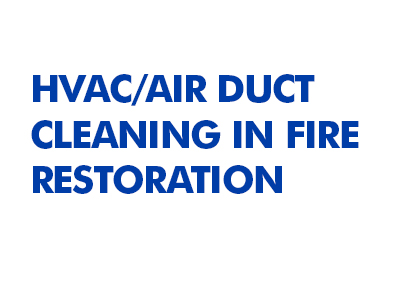
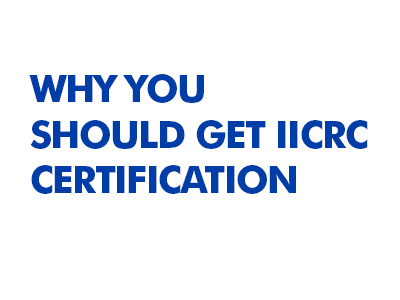
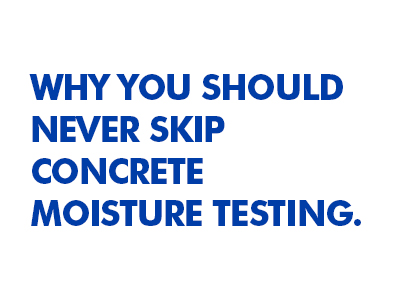
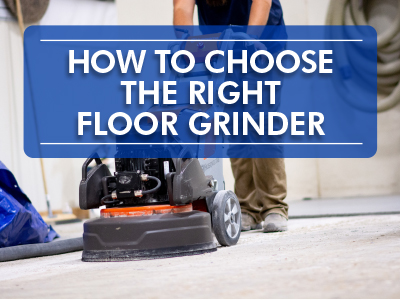
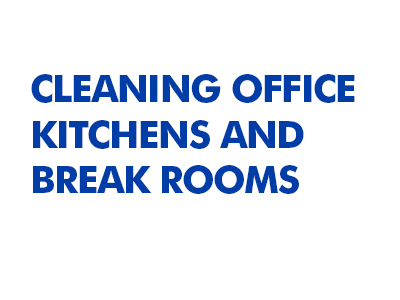




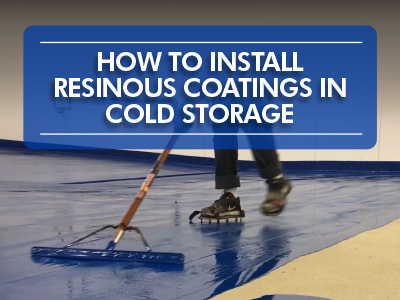

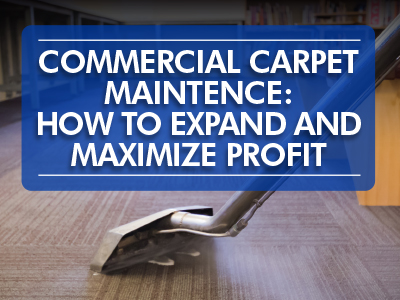

Comments